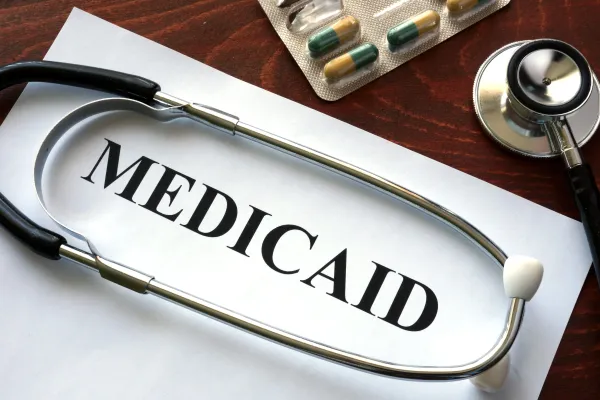Urology Coding Alert
ICD-10-CM 2024:
Scope Out Nephropathy, Urethral Stricture Dx Code Updates
Published on Thu Jul 13, 2023

You’ve reached your limit of free articles. Already a subscriber? Log in.
Not a subscriber? Subscribe today to continue reading this article. Plus, you’ll get:
- Simple explanations of current healthcare regulations and payer programs
- Real-world reporting scenarios solved by our expert coders
- Industry news, such as MAC and RAC activities, the OIG Work Plan, and CERT reports
- Instant access to every article ever published in Revenue Cycle Insider
- 6 annual AAPC-approved CEUs
- The latest updates for CPT®, ICD-10-CM, HCPCS Level II, NCCI edits, modifiers, compliance, technology, practice management, and more
Related Articles
Other Articles in this issue of
Urology Coding Alert
- ICD-10-CM 2024:
Scope Out Nephropathy, Urethral Stricture Dx Code Updates
Start preparing now for October 1 code changes. ‘Tis the season! ICD-10-CM annual updates are [...] - ICD-10-CM 2024:
Look Beyond the Codes for Accurate ICD-10-CM Coding
Missing notes updates will cost your practice. When code updates are released, be sure you [...] - Surgery:
Avoid Common Stent Placement Errors to Sidestep Payer Scrutiny, Denials
One payer found a 59% error rate for 52332 — find out why. Your urologist [...] - You Be the Coder:
Code This Complicated Catheter Placement
Question: Which CPT® code would I choose for this catheter placement? This patient had a [...] - Reader Questions:
Check NCCI for SPT Placement Bundling
Question: Can I bill for a cystolithotomy and suprapubic tube (SPT) placement together? I don’t [...] - Reader Questions:
Don’t Undercode Complicated Foley Placement
Question: How should I report this Foley catheter procedure? The patient had urinary retention. The [...] - Reader Questions:
Heed WHO AI Advice
Question: With the popularity of different artificial intelligence (AI) systems, are there any concerns about [...]
View All




